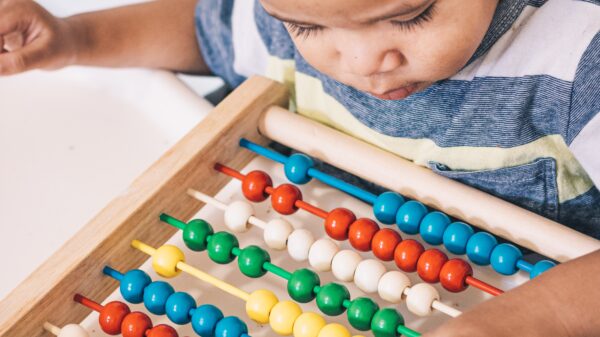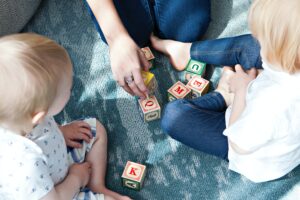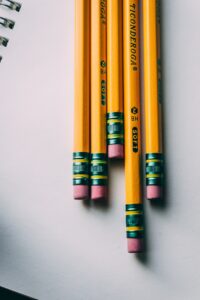
As parents and educators, we all want to give our children the best start in life. From teaching them their ABCs to instilling good values, there are many things we focus on when it comes to early childhood education. But have you ever stopped to consider just how important physical development is for your child’s growth and success? In this blog post, we’ll explore why physical development matters so much in those crucial first few years of life, and what you can do as a parent or teacher to encourage healthy habits and lifelong fitness for physical development. So let’s get moving!
Introductory Overview of Physical Development in Early Childhood Education
One of the most important aspects of early childhood development is physical development. This encompasses both gross and fine motor skills, as well as coordination and balance.
Gross motor skills are the larger movements of the body, such as sitting, standing, walking, running, and jumping. These skills develop first, and are usually mastered by around 3 years old. Fine motor skills are the smaller movements of the hands and fingers, such as picking up small objects, holding a crayon or pencil, turning pages in a book, or doing simple puzzles. These skills develop a bit later than gross motor skills, and are usually mastered by around 5 years old.
It is important for children to develop both types of motor skills in order to be successful in school and in life. Gross motor skills help with activities such as getting dressed, going up and down stairs, participating in sports and recess activities, and sitting still in class. Fine motor skills are necessary for tasks such as writing neatly, using scissors, tying shoes, buttoning shirts/pants, zipping jackets/coats,and using eating utensils correctly.
There are many ways that teachers can incorporate physical development into their classrooms. Some ideas include: providing opportunities for gross motor play during centers or free time; incorporating fine motor activities into arts & crafts projects; setting up an obstacle course; playing catch or tag; having a dance party; doing yoga or stretching exercises; etc. The possibilities are endless!
Benefits of Promoting Physical Development in Early Childhood Education
It is widely accepted that physical development plays an important role in early childhood education. Promoting physical development can help children develop fine and gross motor skills, improve coordination, and become more physically fit. Additionally, promoting physical development can also help children develop social skills, such as teamwork and cooperation.
Examples of Activities to Promote Physical Development in Early Childhood Education
There are many activities that promote physical development in early childhood education. Some examples include:
1. Gross motor activities such as running, jumping, and climbing help children to develop their large muscles.
2. Fine motor activities such as cutting, drawing, and threading beads help children to develop their small muscles.
3. manipulative activities such as block play, puzzles, and sorting help children to develop their hand-eye coordination and problem-solving skills.
4. outdoor activities such as hopscotch, tag, and hide-and-seek help children to get fresh air and exercise while also promoting social interaction.

Potential Challenges and Solutions for Implementing Physical Development Programs in Early Childhood Education
There are a few potential challenges that could arise when implementing physical development programs in early childhood education. Firstly, some parents may not be on board with the idea of their children engaging in physical activity at school. This could be for a variety of reasons, such as safety concerns or religious beliefs. It’s important to have an open dialogue with these parents to address their concerns and explain the benefits of the program. Secondly, there may not be enough space or resources available to accommodate a physical development program. However, there are creative solutions to this problem, such as using outdoor spaces or partnering with local organizations that have access to gym facilities. Lastly, some teachers may not feel comfortable leading a physical activity program. Fortunately, there are many professional development opportunities available to help teachers gain the necessary skills and confidence.
Conclusion
Physical development in early childhood education is a vital part of fostering healthy, confident learners. With the right guidance and activities, children can develop important motor skills that will help them throughout their school life and beyond. Through encouraging physical activity, we can ensure that our young learners have the best possible start to their educational journey. Using age-appropriate games, exercises and creative movements helps to boost confidence while also providing an opportunity for learning about oneself and the world around them.







